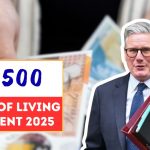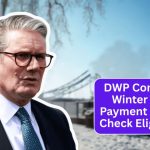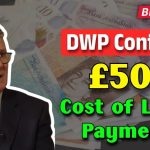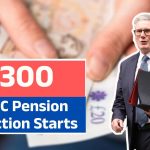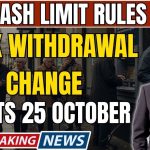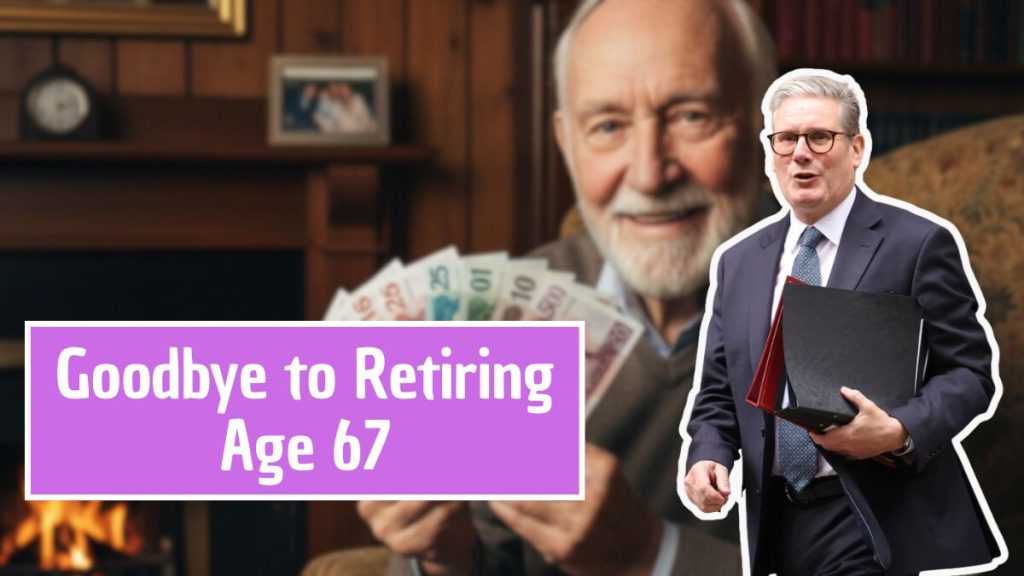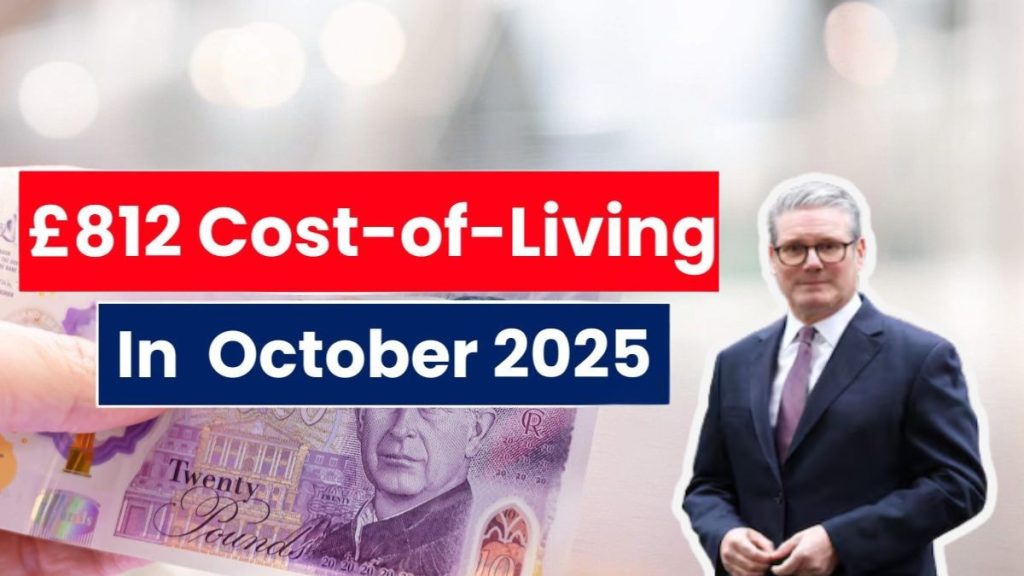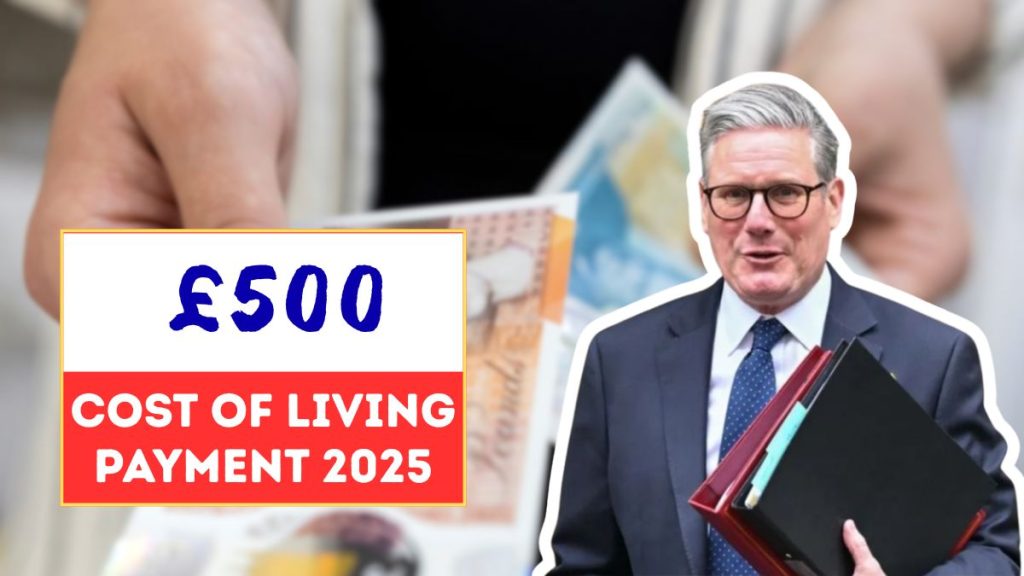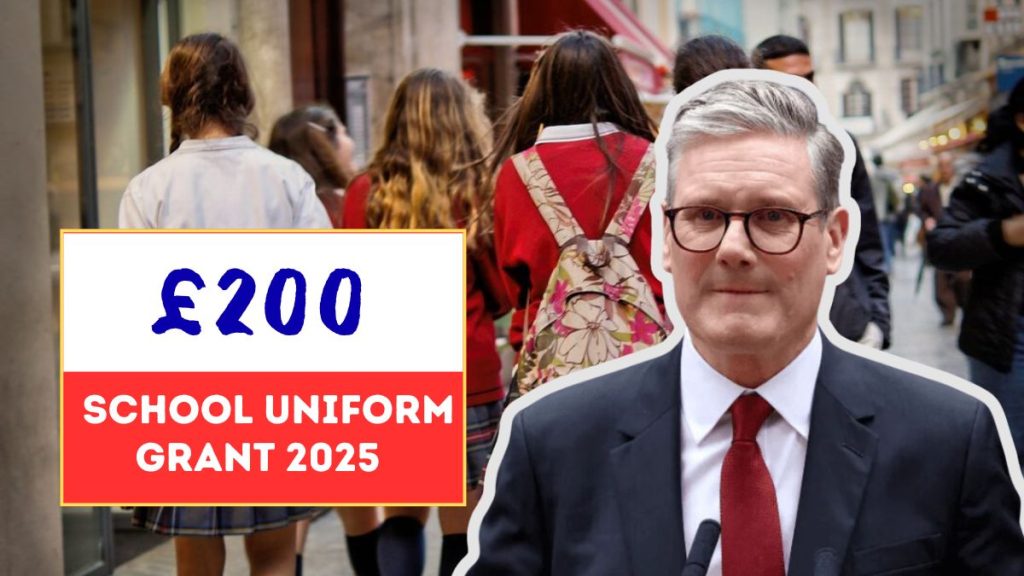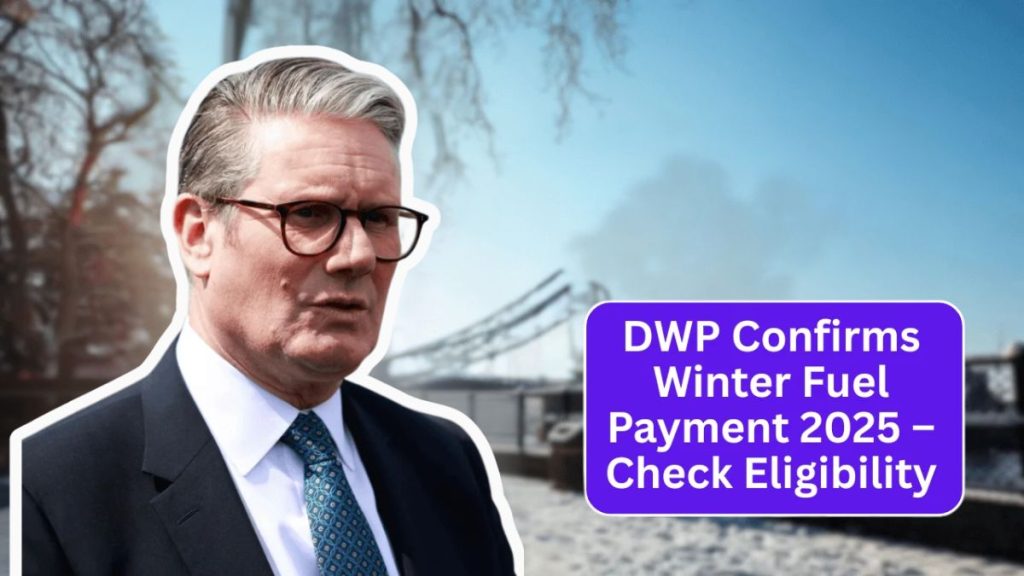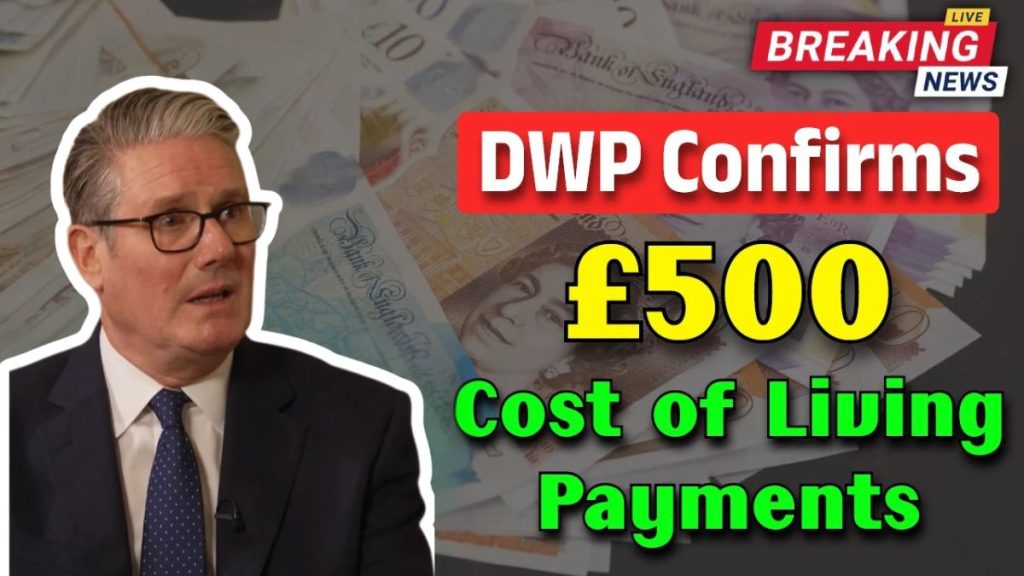The UK Government has officially announced a £200 Cost of Living payment to be distributed in October 2025, providing vital financial support to help residents cope with rising prices. With the cost of essentials like food, heating, and transportation continuing to climb, this one-off payment aims to ease financial pressure for millions of low-income households, pensioners, and benefit claimants.
The payment will arrive as part of the government’s ongoing commitment to help vulnerable groups manage the continued effects of high inflation and energy costs heading into winter.
Who Will Receive the £200 Cost of Living Payment
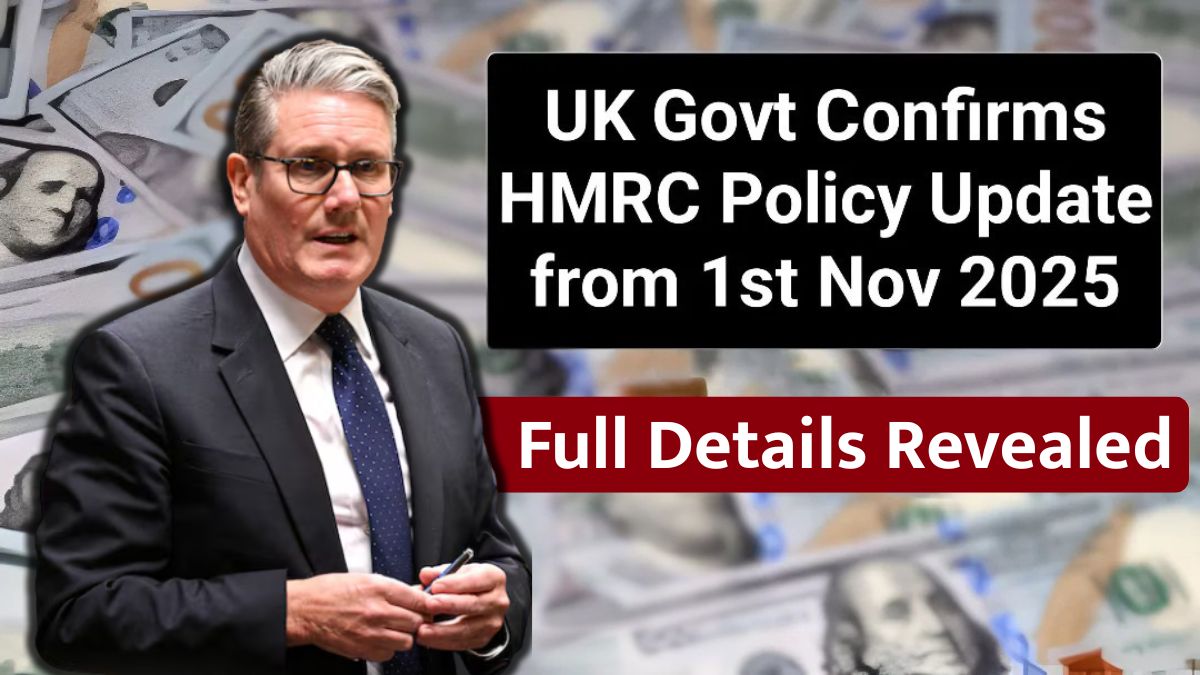
Eligibility for the £200 payment is based primarily on income level and benefit status. According to the Department for Work and Pensions (DWP), individuals and families receiving means-tested or income-related benefits will automatically qualify.
You are likely eligible if you receive:
- Universal Credit
- Pension Credit (Guarantee Credit or Savings Credit)
- Income-based Jobseeker’s Allowance (JSA)
- Income-related Employment and Support Allowance (ESA)
- Income Support
- Working Tax Credit or Child Tax Credit
- Disability-related benefits, such as Personal Independence Payment (PIP), Disability Living Allowance (DLA), or Attendance Allowance
This £200 payment is specifically designed to target those who need help the most — particularly low-income families, single parents, disabled individuals, and pensioners facing higher winter expenses.
How the Payment Will Be Distributed
The government has confirmed that the payment process will be automatic for most eligible residents. If you already receive qualifying benefits, you do not need to apply — the £200 will be added directly to your bank account.
The funds will appear separately from regular benefit payments, under references such as “DWP COL” or “HMRC Cost of Living Payment.”
Key details:
- Payments will be made via standard bank transfers.
- No application is needed for most benefit claimants.
- For those not receiving benefits, an application process will be available through the government’s website, requiring proof of income and residency.
This ensures the payment system remains secure, quick, and accessible to all eligible individuals.
When to Expect the Payment
The DWP has announced that payments will begin in October 2025, though the exact dates will vary by benefit type.
| Stage | Expected Timeline |
|---|---|
| Announcement Period | September 2025 |
| Payment Start Date | Early October 2025 |
| Final Payments Completed | By 31st October 2025 |
Residents are encouraged to monitor official communications from DWP or HMRC via email, postal letters, or benefit journals.
If your payment doesn’t arrive by the end of October, you may contact the DWP helpline for assistance — but make sure to allow 10 working days after the payment window before raising an issue.
Why the Government Is Offering This Payment
The £200 Cost of Living payment is part of the government’s ongoing financial support strategy to protect households against inflation-driven costs. Over the past few years, millions of UK residents have faced higher expenses for essentials like heating, transport, and groceries.
This one-off payment aims to:
- Reduce short-term financial stress for vulnerable groups.
- Offset high energy and food prices expected during autumn and winter.
- Ensure stability for households relying on benefits and fixed incomes.
By targeting those most in need, the DWP ensures the payment delivers maximum impact during the most expensive time of the year.
How This Payment Can Help Households
For many residents, £200 can make a real difference in managing day-to-day expenses. Families may use the payment to cover part of their energy bills, food costs, or transport expenses, helping them maintain financial stability through the colder months.
Example scenarios:
- A single pensioner could use the payment to cover an additional heating bill.
- A low-income family might use it for weekly groceries or school-related costs.
- A disabled individual could allocate it toward increased healthcare or travel expenses.
While the payment won’t solve every financial challenge, experts emphasize that strategic use of the £200 can significantly reduce short-term pressure on essential expenses.
What to Do If You’re Not Automatically Eligible
If you do not currently receive a qualifying benefit but believe you may still be eligible, the DWP will offer an application pathway through the official government portal.
You’ll likely need to submit:
- Proof of UK residency
- Income documentation
- National Insurance number or benefit claim details
Applications should be submitted as early as possible to ensure processing before October 2025. Once approved, payments will be made directly to your bank account in line with the national schedule.
Additional Support Options Available
The £200 payment is just one part of a broader network of support programmes designed to assist low-income and vulnerable households. Other help available includes:
- Energy Bill Rebates for qualifying residents
- Council Tax Support Schemes through local authorities
- Winter Fuel Payment for pensioners
- Household Support Fund, distributed by local councils
- Disability Cost of Living payments for those with medical or mobility needs
Residents are encouraged to check all available options on GOV.UK to ensure they’re not missing out on extra assistance.
Common Questions About the £200 Cost of Living Payment
Is the payment taxable?
No. The £200 payment is completely tax-free and does not count as income for benefits purposes.
Will the payment affect my other benefits?
No. It’s a separate, one-off payment that does not reduce or replace existing benefit entitlements.
Can payments be backdated?
No. The payment will only apply to those who meet eligibility during October 2025.
What if my benefit changes before October?
Eligibility will be based on the benefits you hold during the assessment period, expected to begin in early October.
How will I know if I’m eligible?
You will receive an official notice or journal update from DWP or HMRC confirming your payment status.
Using the Payment Wisely – Financial Tips
Although £200 is a modest amount, using it strategically can provide meaningful relief.
Experts recommend:
- Prioritising essentials like food, rent, and heating bills.
- Reducing outstanding debts, such as utility arrears or credit card balances.
- Building a small emergency fund to cushion future expenses.
- Avoiding impulse spending, ensuring the payment directly supports household stability.
Even small financial decisions can make a significant difference in maintaining economic security during uncertain times.
Looking Ahead – Preparing for Future Support
This £200 payment reflects the government’s broader plan to help residents navigate ongoing cost-of-living challenges.
As inflation, interest rates, and global energy markets remain unpredictable, further support packages may be announced in upcoming budgets or seasonal financial reviews.
Staying informed through official government channels and benefit portals ensures that you can take advantage of future payments, rebates, or grants as soon as they are introduced.
Key Takeaways
- Amount: £200 one-off cost-of-living payment
- Date: Distributed in October 2025
- Eligibility: Automatic for those on qualifying benefits; applications available for others
- Payment Method: Direct deposit into bank accounts
- Tax Status: 100% tax-free
- Purpose: To support vulnerable residents with essential expenses amid inflation
The government’s £200 Cost of Living Payment for October 2025 continues its ongoing mission to shield struggling households from rising living costs and help millions maintain financial stability through the year’s toughest months.
(5) FAQs
1. What is the £200 cost of living payment?
A one-time payment from the UK government to help residents manage essential costs amid rising inflation.
2. Who qualifies for the £200 payment?
Anyone receiving Universal Credit, Pension Credit, Income Support, or other means-tested benefits in October 2025.
3. How will the payment be made?
Automatically, through direct bank transfers from DWP or HMRC. No application is needed for most claimants.
4. When will payments arrive?
Payments are scheduled for October 2025, with completion expected by the end of the month.
5. Is it taxable or does it affect benefits?
No. The payment is tax-free and does not impact any other benefits or tax credits you receive.


